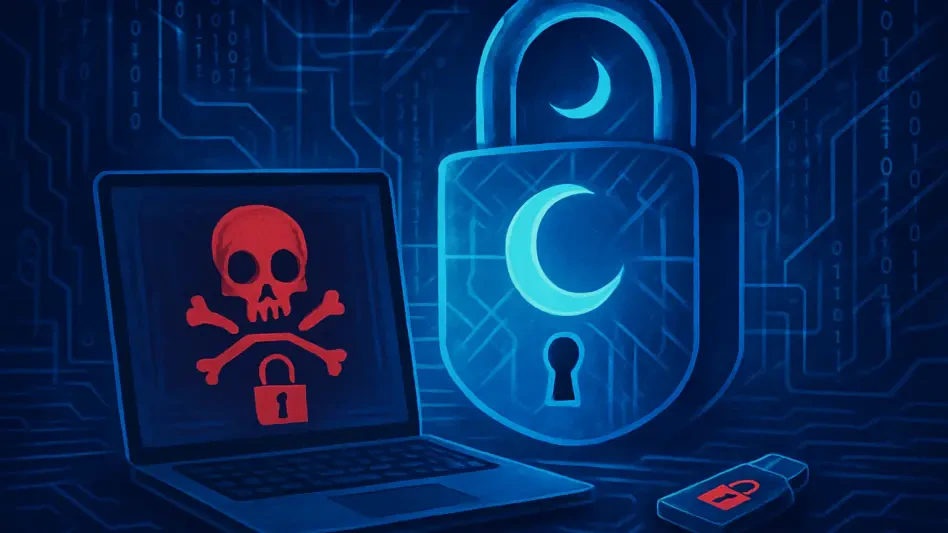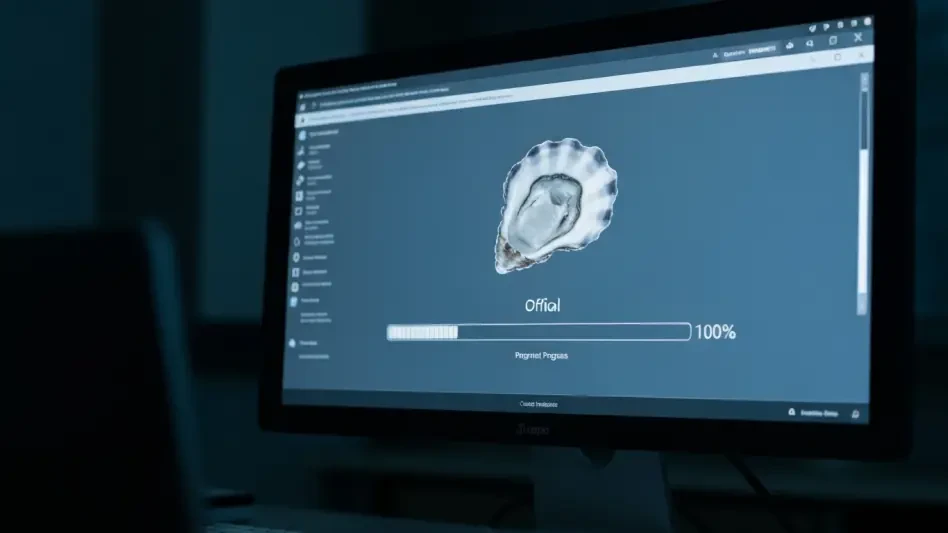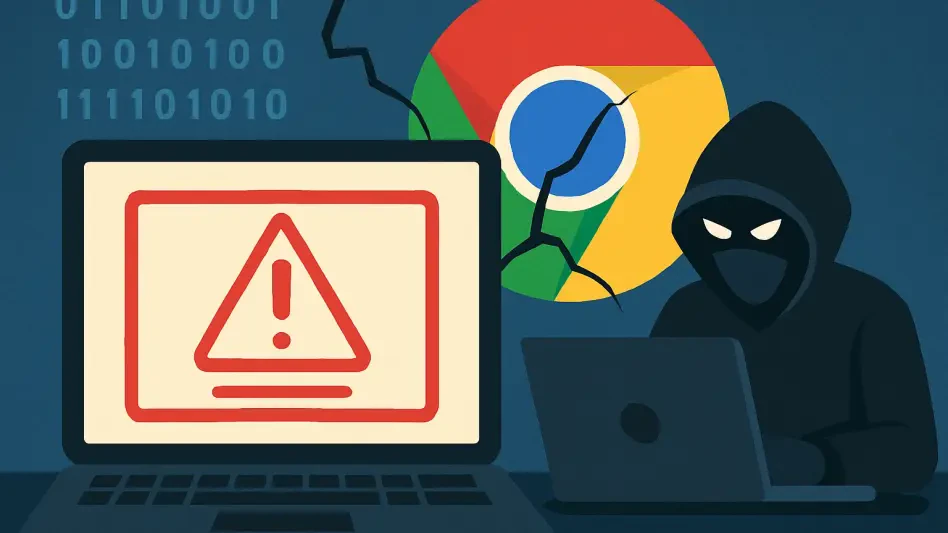In a startling turn of events, a niche online marketplace for commissioned digital artwork recently fell victim to a devastating cyberattack orchestrated by a new ransomware strain known as LunaLock, sending shockwaves through the creative industry. This incident, which came to light through a public announcement by the attackers, has exposed the fragility of specialized platforms that often lack the robust cybersecurity defenses of larger corporations. As digital art communities thrive in an era of online collaboration, they have become attractive targets for cybercriminals seeking to exploit sensitive data and disrupt operations. The breach not only jeopardizes the trust between artists and clients but also raises urgent questions about the security measures in place to protect these unique ecosystems. This alarming development serves as a wake-up call, highlighting the need for heightened vigilance and proactive strategies to safeguard the digital spaces where creativity and commerce intersect.
Unpacking the Attack Mechanism
Exploiting Vulnerabilities for Initial Access
The sophisticated attack by LunaLock on the digital art marketplace began with the exploitation of a previously unknown flaw, often referred to as a zero-day vulnerability, within the platform’s authentication system. Through a meticulously crafted SQL injection technique, the attackers managed to bypass multi-factor authentication protocols, gaining unauthorized administrative access to the platform’s core systems. This initial breach provided a gateway to deploy a series of malicious tools designed to maximize damage. The precision of this method underscores the advanced technical knowledge possessed by the perpetrators, who tailored their approach to exploit specific weaknesses. Such tactics reveal a growing trend among cybercriminals to target niche platforms where security gaps may be more prevalent due to limited resources or oversight, emphasizing the critical need for robust vulnerability management in even the smallest of digital ecosystems.
Delivering a Complex Ransomware Payload
Once inside the system, LunaLock operators unleashed a multi-layered payload that demonstrated their intent to cause widespread disruption. A custom loader, coded in the Go programming language, ensured persistence by disabling critical security measures like Windows Defender, while a modular tool facilitated the extraction of sensitive data, including high-resolution artwork and client information. The ransomware binary itself employed RSA-4096 encryption to lock files, appending a distinct .luna extension as a marker of infection. Data was then exfiltrated to a remote command-and-control server using non-standard ports to avoid detection. This intricate combination of tools and techniques illustrates the evolving sophistication of ransomware campaigns, where attackers aim not only to encrypt but also to steal valuable data for additional leverage. The incident highlights how cybercriminals are adapting their strategies to inflict maximum harm on targeted platforms within the creative sector.
Impacts and Responses to the Breach
Consequences for Artists and Clients
The fallout from the LunaLock ransomware attack has been profound, affecting both the artists and clients who rely on the compromised platform for their livelihoods and creative projects. With critical project files encrypted and personal information, including contact details and payment records, stolen, the breach has created a climate of fear and uncertainty. The attackers have intensified the pressure by threatening to publish the stolen data on public forums if their cryptocurrency ransom demands are not met within a tight 72-hour window. This situation places immense strain on the victims, who must navigate the dual challenge of protecting their privacy and recovering their work without yielding to criminal demands. The incident exposes the vulnerability of digital art communities, where the loss of unique creative content can have lasting professional and emotional repercussions, underscoring the urgent need for enhanced protective measures.
Strategic Countermeasures and Industry Advice
In response to the crisis, the affected platform swiftly moved to mitigate further damage by taking compromised servers offline and initiating a full reset of user passwords to prevent additional unauthorized access. An external incident response firm with expertise in ransomware recovery was engaged to assist in restoring operations, while endpoint detection and response tools were deployed to monitor for any lingering threats. A critical patch was issued to address the SQL injection flaw, accompanied by a comprehensive audit of the platform’s web applications. Cybersecurity experts have urged other organizations in the creative industry to adopt stringent security practices, such as implementing least-privilege access controls, enforcing strict input validation, maintaining offline backups, and segmenting networks to isolate critical assets. These recommendations reflect a broader recognition that proactive defense is essential to counter the increasingly sophisticated threats facing niche online marketplaces.
Building a Resilient Future for Digital Creativity
Reflecting on the LunaLock ransomware incident, it becomes evident that the attack on a digital art platform was a pivotal moment that exposed critical weaknesses in the cybersecurity posture of specialized online spaces. The breach served as a harsh lesson in the importance of preparedness, as the platform grappled with the dual challenge of operational recovery and resisting ransom demands. Looking ahead, the event prompted a renewed focus on fortifying defenses through advanced security protocols and regular system audits to prevent similar incidents. It also sparked a broader industry dialogue about the ethical considerations of handling such attacks without compromising integrity. As a path forward, stakeholders in the digital art community are encouraged to invest in comprehensive training for users on recognizing threats and to foster collaboration between platforms to share threat intelligence. By prioritizing these actionable steps, the creative sector can strive to rebuild trust and ensure a safer environment for artistic expression and commerce in the digital realm.








